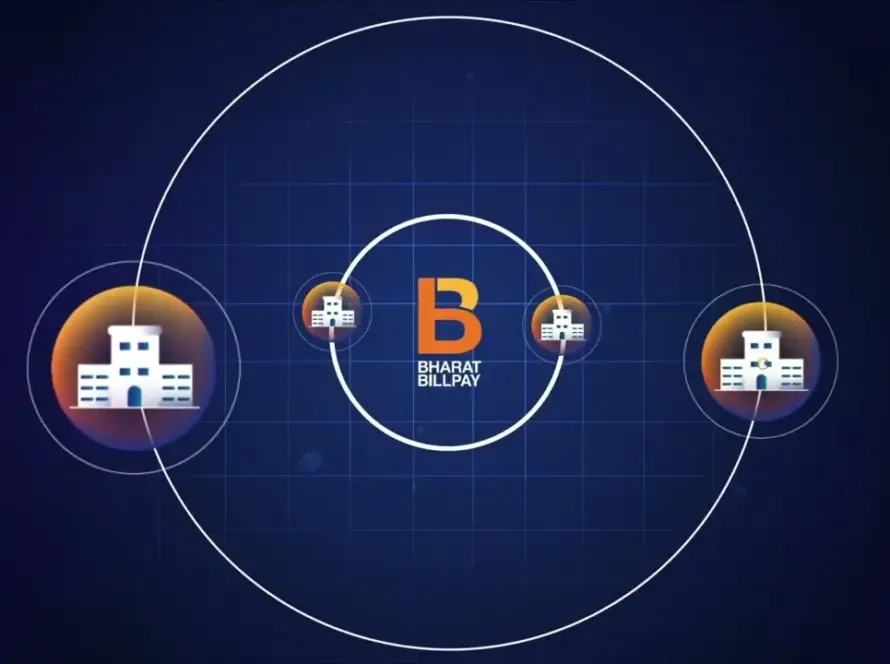In the previous blog post about Web 3.0, we outlined what Web 3.0 is and how it differs from Web 2.0 & Web 1.0. In this article, we’ll examine why Web 3.0 is still a mystery, how Web 1.0 became history, and whether it would be possible to completely abandon Web 2.0?
The answer to the above question can be found in the evolution of the Web.
Let’s understand what part of the Web has actually evolved:
A Web constitutes of the following 5 layers:
These layers have evolved with the Web:
With the help of the above table, it is evident how the Web hosting network has evolved from being centralized in Web 2.0 and being decentralized in Web 3.0, even though the user experience has remained the same.
To understand the evolution made by the Web so far, we’ll use the product life cycle, which has the following 4 stages:
The following diagram illustrates how Web 1.0, 2.0, and 3.0 fit into the product life cycle.
Let’s do a deep dive here
Web 1.0 was replaced by better alternatives (Web 2.0) due to its inefficiencies and limitations.
Web 2.0 has expanded rapidly during the past 2 decades . But as the biggest Web 2.0 companies have begun to consolidate, the expansion appears to have reached its peak. Due to the intense competition that is entering the market every day as a result of technological advancements, alternatives are now able to provide better products at lower costs and in a short span of time.
Web 3.0 is in the introduction and growth stage, with many of its potential still being unwaraped.
What it looks like !!!
Although it is too soon to say whether Web 3.0 applications will flourish in a similar manner as Web 2.0 applications, given how quickly these Web 3.0 applications are being adopted, their future appears promising. Web 3.0 applications, some of which are listed below, are already posing competition to Web 2.0 applications for market share.
Due to their more advanced stage and validated user experience, Web 2.0 applications continue to be the favorites of the Consumers.
In the meantime, for the Investors, Web 3.0 applications represent a stronger prospect because of their untapped growth potential.
Interesting times ahead !!!
Author:
Kanuj Jadwani
(Insights from Karan Gupta and Brijesh Damodaran)


